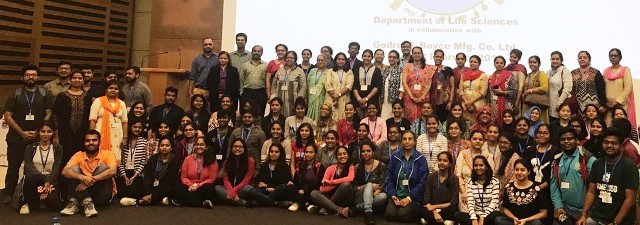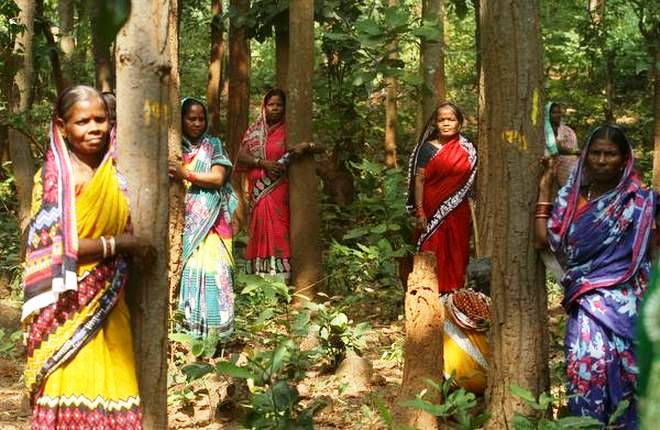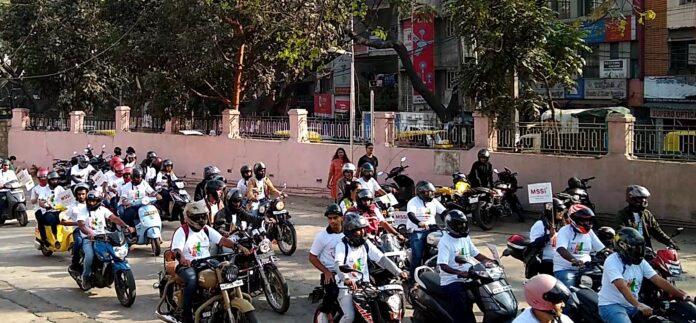Since its launch in 2010, impact bonds have gained much attention in the development finance world. It has been hailed by many development finance experts as an innovative way to address societal challenges by bridging the gap in social impact financing. The latest entrant in the growing list of innovative development financial instruments has also received its fair bit of criticism for the increasing ‘financialisation’ of social development and being too arcane and time consuming to design.
Replicating experiments already made in the developed world, all eyes are on developing countries to test their potential. India, given its maturing social investment ecosystem, is uniquely positioned to attract social impact investors and global philanthropic funds.
Impact bonds are innovative results-based financing in which there are three primary stakeholders – a primary investor, the service provider, and the outcome funder. The primary investor is the one who is willing to fund a service provider – typically an NGO – to implement a social impact project expecting a return on its completion. The outcome of the project is measured by an independent evaluator against pre-agreed outcome metrics. Once these targets are met, the outcome funder refunds the capital with a premium to the initial investor. This arrangement ties the investment to outcomes rather than only activities enhancing the value for money of a given intervention and clearly specifying the cost of the measurable outcomes, instead of the inputs. The investor invests on the risk of achievability of the outcome, failing to which the investor will lose partial or complete investment. The outcome funder pays a premium for funding an intervention that has already achieved its outcomes. The service provider gains resources for delivering outcome-based programmes. In a social impact bond (SIB), the outcome funder is the government, while in a development impact bond (DIB), outcomes are financed by a third-party organization, such as a foundation or donor.
Most of the impact bond contracts that are executed around the world are SIBs. The UK has spearheaded the impact bond market executing one-third of the total contracts. India was the experimental ground for executing the first ever DIB in the education sector, Educate Girls DIB (launched in 2015). Since then, it has executed two more DIBs, a health impact DIB in Rajasthan (launched in 2017) and Quality Education India DIB (launched in 2018).
Educate Girls DIB finished its final year in 2018 achieving 116 per cent of its target for enrolling out-of-school girls, and 160 per cent of its targets for learning outcomes. With the experience gained from its implementation, India is seen to be moving ahead from the proof of concept phase.
It is also important to note that all three impact bonds are development impact bonds being outcome funded by a foundation or donor with the government still at bay. Recognising the emerging appetite for DIBs in India, Global Steering Group launched two outcome funds of USD 1 billion each, the India Education Outcomes Fund and the India Impact Fund of Funds.
A shift towards payment by results not only makes impact bonds attractive for government and state actors in India but also induces greater transparency in channelling taxpayer money. However, as of now, the government is yet to signal its policy commitment towards promoting this innovative mechanism.
 Shunmuga Sundaram Yadav has previously worked for an Italian consulting firm promoting Italian businesses in developing countries and assisting them to participate in projects funded by Multilateral Development Banks. He has also worked on consulting projects for strategizing market entry of Italian brands in India. He has completed a course in Aircraft Maintenance Engineering and a Bachelor’s degree in Commerce. He is currently pursuing a Master’s Degree in Public Policy from Mumbai University.
Shunmuga Sundaram Yadav has previously worked for an Italian consulting firm promoting Italian businesses in developing countries and assisting them to participate in projects funded by Multilateral Development Banks. He has also worked on consulting projects for strategizing market entry of Italian brands in India. He has completed a course in Aircraft Maintenance Engineering and a Bachelor’s degree in Commerce. He is currently pursuing a Master’s Degree in Public Policy from Mumbai University.
Thank you for reading the column until the very end. We appreciate the time you have given us. In addition, your thoughts and inputs will genuinely make a difference to us. Please do drop in a line and help us do better.
Regards,
The CSR Journal Team




















